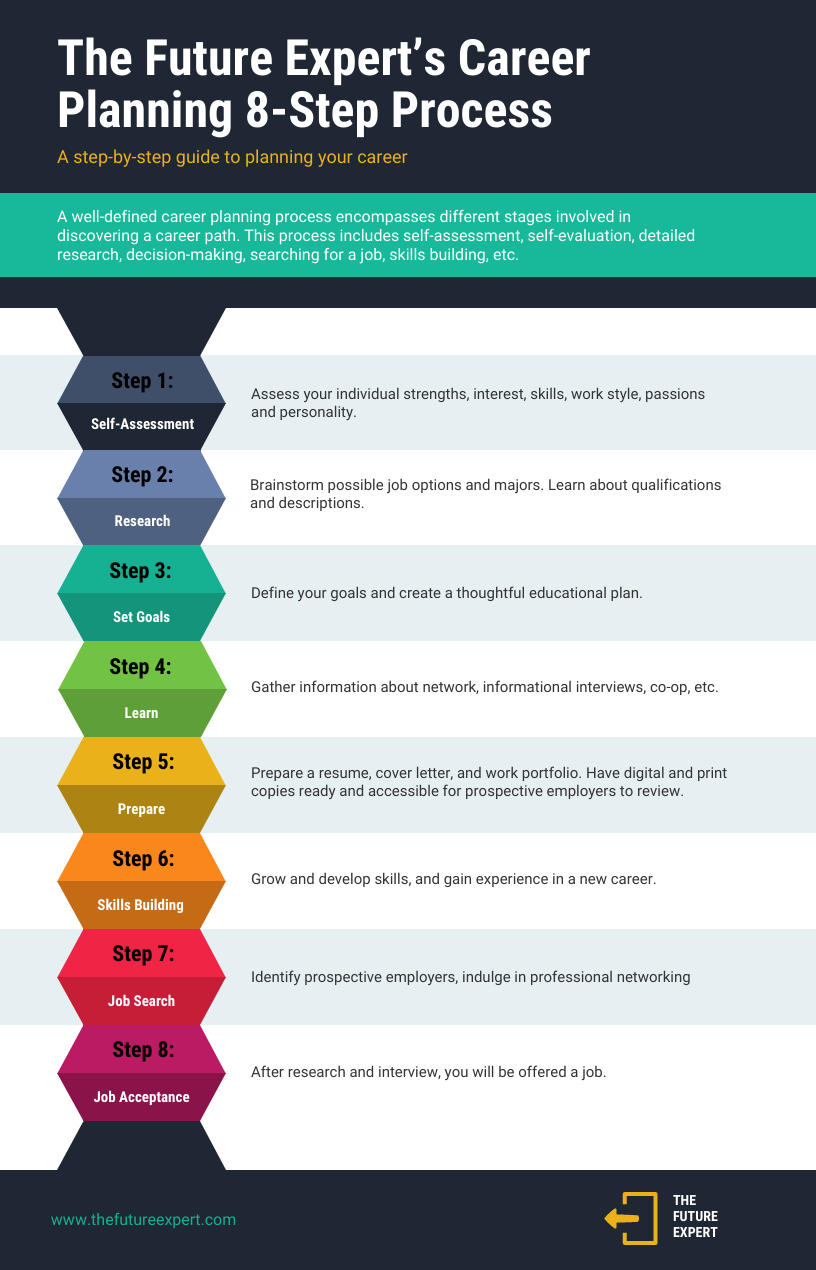
Two phases are involved in the women's professional life. The first phase focuses on pursuing a job and the second combines work with family. Women have to work for long hours and are often penalized for taking time off. Another barrier is the lack of equal opportunities. Also, it can be hard to balance work and home with long workweeks.
Two phases are required for women's careers
This study aims to examine the nature of women's careers throughout their lives. The research design includes interviews, life story surveys, and thematic analyses. It uses codes as a way to identify the most important factors that affect career choices. According to the study, women's career experiences are affected by their career contexts and beliefs. Researchers have developed a three phase age-linked model to help women develop their careers.
For career advancement in the early stages, this phase is vital. The next phase involves moving up to management. McKinsey research has shown that women often fall behind when it comes to advancing from the entry-level to management level. According to the Women in the Workplace-2021 report, around one-third (or 41%) of first-level management roles are held or held by women.

Working long hours can make it difficult to take time off
Research has found that over four million U.S. workers would prefer to work full-time hours but must take time off for other reasons. This includes non-economic reasons such as parenting, health problems, or a need for additional education. It can lead to a loss of career or poor well-being for women, particularly if you have young children. This could lead to a pay penalty of up 18 percent.
Inequal opportunity
Women report being denied equal opportunities in all aspects of their careers. This gap is not equal based on race or industry. However, it is more pronounced in male-dominated industries. This is especially true when it comes to energy and utilities as well as construction, engineering, science and engineering. This disparity is often attributed to men's belief in meritocracy. However, it is probable that women working within these fields have different perceptions. This disparity in perceptions is the main reason women tend to leave high-paying professions.
There are many specific policies to address this issue. Developing an inclusive narrative for work that values the skills and experiences of all workers is essential for creating an equitable future. Equal pay and promotion policies are key steps to achieving gender equity.
Challenges in combining work and family
Women today face one of the most difficult challenges: juggling work and home. Although it can seem difficult to manage both your work and family life, it is possible. A number of policies exist to help you find the best work-life balance.

Some workplaces work better for women than other. If a mother could manage her family and work, she would have sought higher-paid jobs with flexible hours and better promotions in the past. A woman who tries to have a career while also raising children might get backlash in today's society. When a woman tells a man about her new career, he may respond with passive-aggression or sarcasm.
Support networks for women
Women's career networks provide a support network for women who want to achieve their career goals. The collective energy of women in these networks can be inspirational, and help women overcome obstacles. Women can also benefit from these networks for inspiration and information to help them in their chosen field.
The Women's Chapter in London is a great example of a network for women. This organization champions women in business and women-founded companies. The organization hosts events for ordinary women and industry leaders. There are three levels available for membership to the network. There is Community Membership, Business Membership, and Corporate Membership.